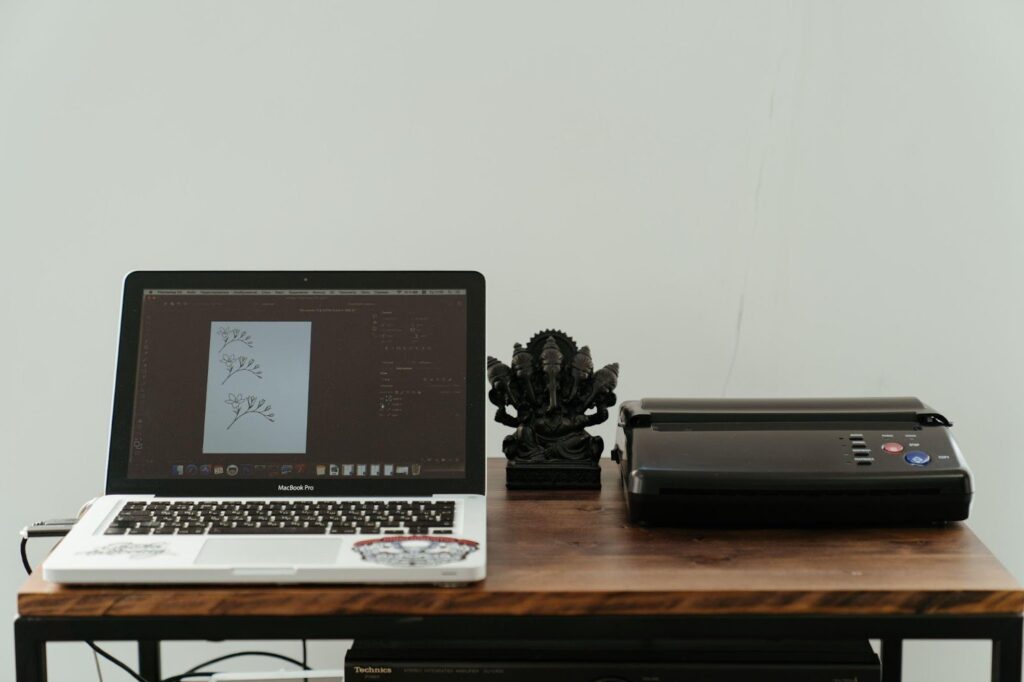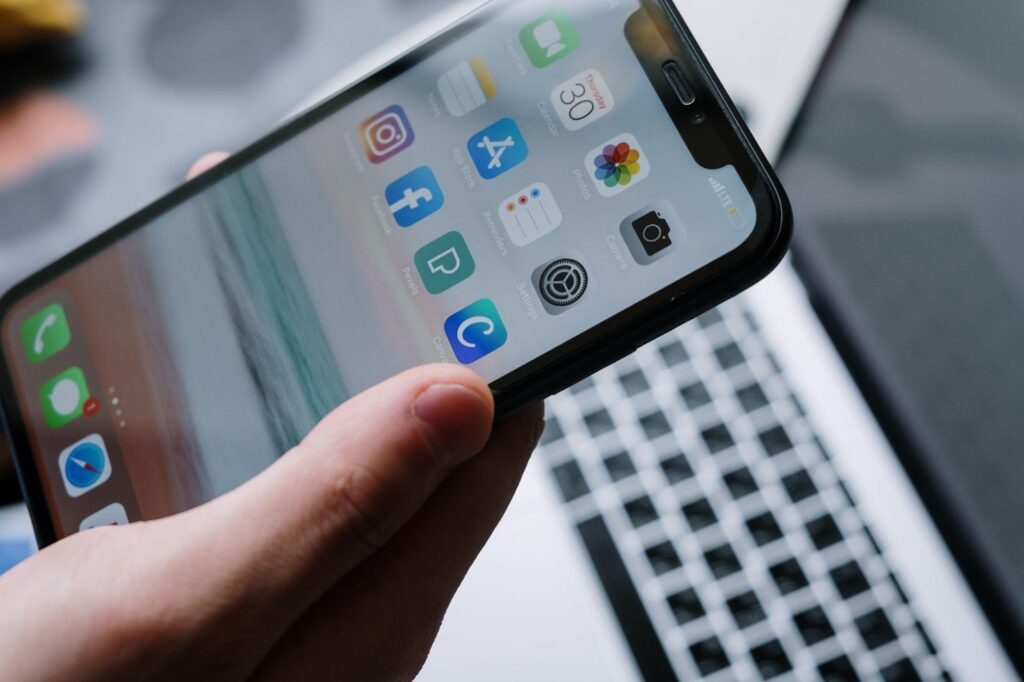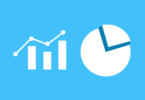You may keep on top of the hours worked on specific tasks along with the project for a whole by using time tracking. This transparency enables you to evaluate the precision of your job estimations and the efficiency of your workforce.

Professional service providers, organizations that use hourly workers or freelancers, and enterprises that employ cost-plus pricing all require time monitoring.
Your team members should be able to simply add time entries to tasks using the time tracking functionality of your project management software. Your software should allow you to view and print time reports of projects once the time is logged.
You may use this capability to print reports for customers and other stakeholders as well as to keep track of the activity of your team members.

How project management software tracks your time
You ought to be able to input time entries for activities, conveniently maintain records of the times spent on projects and assignments, and rapidly make reports with software for project management and time tracking.
Recording time is done
You should ideally be able to select whether employees may enter time manually or automatically using your project management software. Each alternative has advantages and disadvantages; thus, the ideal choice frequently relies on the job or project.
Employees can choose a task as well as manually input the number of seconds or minutes that they worked on it while using manual time tracking.
The major advantage of this system is how fast and simply time monitoring can be done whenever it is needed. This approach may also boost stakeholder and consumer trust, which is crucial if the cost of your project is determined by the number of labor hours used.
Because you can only measure time for one job at a time with this technique, employees must periodically stop the clock during breaks or before they transition to other duties.

This error raises the price of your project and may affect estimates for subsequent projects. Even though a single hour may not appear like a huge problem, when numerous people are working on a project over several months, little mistakes like these can have a major overall impact.
Counting the hours
Choose a software program for project management that can provide you with many methods to view hours spent, such as:
- by job
- by endeavor
- by a worker
You can manage work at a precise level without micromanaging people if you can see the hours spent on each assignment. For instance, it’s simple to determine which jobs are overspending and which ones seem to be running behind time.
You may establish budgets and estimates for comparable work inside future projects by recording your time at the task level. You can Get Harvest time tracking and automate this tracking easily.

You may get a broad perspective by measuring time at the project level. This will allow you to rapidly evaluate the overall performance and development of your project. Additionally, using earned worth management (EVMS) on bigger projects requires this degree of detail.
Performing EVMS at the assignment level is too cumbersome if your project has more than 100 tasks. In order to monitor and evaluate the output and burden of your team, you need also keep track of the hours worked by each person. This is crucial if staff are paid for the hour, but it may also be helpful for those who are paid a salary.
For example, you can assess how long a task took two distinct employees to do jobs that were comparable. If one takes noticeably longer, it can mean that one among the employees has found a more efficient method or that the other person requires further coaching or training.
Employee time tracking is another tool you may use to manage and balance the workload.
Even if both engineers are compensated full-time workers, you may tell that assignments might require to be redistributed if you observe that a particular engineer recorded 60 hours of project work last week while the other logged only 20.

Reports generation
Your software for project management should be able to generate the following two types of reports:
- Time reports
- Time sheets
Individual employees may quickly review the projects they performed on during a particular week and the amount of time they spent on each one using timesheets. These timesheets ought to contain:
- Responsibilities for which the employee authorized time tracking for the chosen week
- Responsibilities entrusted to the employee that are/were planned for the chosen week (or any day throughout the week)
- Any planned tasks with stars or flags
- Any jobs the worker decides to manually include in their logbook or project management program
Employees can simply monitor and measure their progress thanks to timesheets. It gives users a central location to view the activities they should concentrate on on a weekly basis and the status of their progress on each of those duties.
The reports that the project manager and other participants will want to study are the time reports. These reports have to be able to be seen in the tool used to manage projects and downloaded as a CSV (https://docs.python.org/3/library/csv.html) and PDF file.
The ability to run time reports for particular activities, projects, workers, or time periods should be available. For instance, you could be required to give the client a report on the extent to which time was spent on their project over the previous month.
Advantages of time management
Finding ways to keep an eye on things without micromanaging is one of the issues facing project managers. After all, nobody can perform at their best if they believe their manager is continuously watching them.
However, if you don’t have access to information on how employees use their time, big delays or time overruns may come as a surprise. Time monitoring applications are becoming essential tools for many firms, giving managers data to streamline operations and keep workers on task.
The greatest timekeeping app is already included in your project management program.
In this manner, activities may be given time automatically, and you are never going to worry about having to move data between or synchronize two different systems.
With timekeeping, you can keep track of development in real-time and collect the information required for precise project estimations in the future. Time monitoring app data can also highlight critical concerns with the people and resources needed to complete a project.
For instance, time management might reveal which employees are regularly absent due to illness or who spend a lot of time on tasks unrelated to current projects. Data analysis may also show workers how to properly plan their days for maximum productivity.
By keeping track of how long jobs take and comparing the results against budgets, industry norms, and the progress on comparable projects, you may even find bottlenecks and wasteful processes inside your project.
Project time monitoring can be a useful tool for motivating staff and ensuring that they stay on target when you set clear objectives and stick to them. Employee attempts to multitask may be decreased by using an automated tracker. It can also assist in keeping them from becoming distracted by unimportant “noise” and allowing them to concentrate on the work at hand.







Leave a Comment
You must be logged in to post a comment.